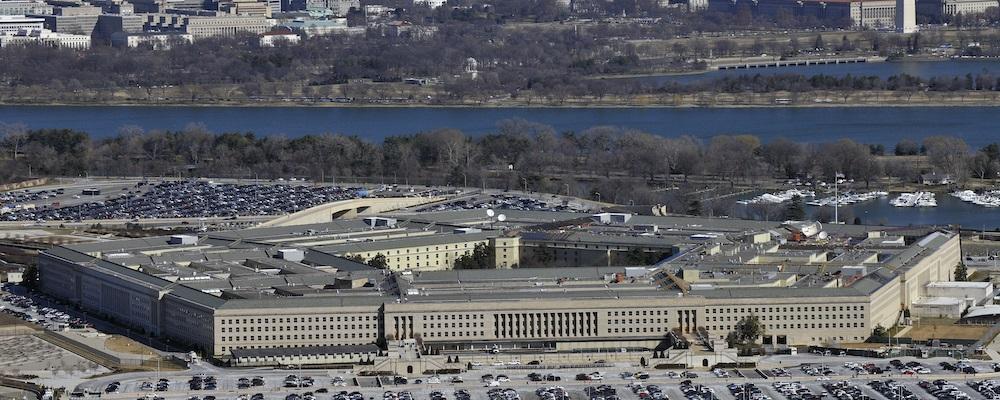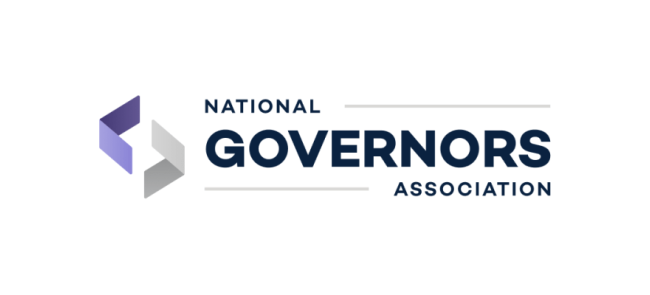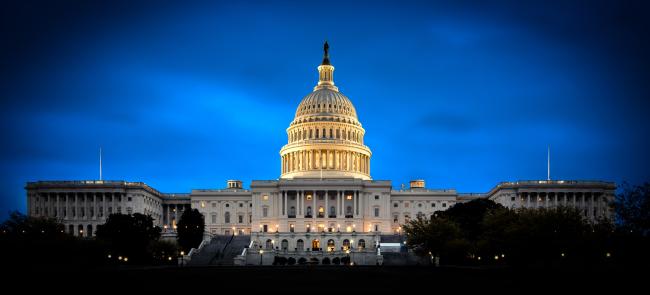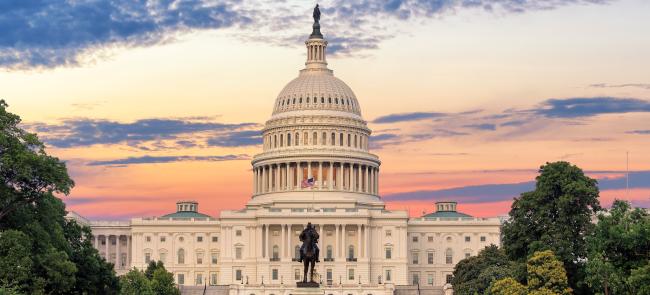
Days into the new fiscal year, the Defense Department is working off last year’s budget thanks to a continuing resolution passed in lieu of regular appropriations.
That’s been the norm for more than a decade, with Congress now missing the budget deadline in 12 of the last 13 years.
But a new Government Accountability Office report found that the stopgap budget measures have less of an impact now than years ago, as the Defense Department and other federal agencies have come to assume the need for such measures at the start of each fiscal year.
Continuing resolutions can delay the Defense Department’s ability to pay for goods and services and can lead to repetitive administrative tasks or incremental planning, according to the report. But their frequency in recent years have also made those issues somewhat avoidable.
“We found DoD has practices to minimize the effects of this kind of funding,” according to the GAO. “For example, the military services may postpone contracts or nonessential training early in the year — when they’re more likely to be under a continuing resolution.”
On average, the military obligates a lower percentage of its total annual obligations in the first quarter of the fiscal year — the time when the government is most likely to be operating under a continuing resolution.
President Joe Biden signed the latest stopgap funding measure on Sept. 30, just hours before a deadline needed to avoid a government shutdown which could have brought some Guard training to a halt.
The continuing resolution gives legislators a new deadline of Dec. 3 to reach a new budget deal. Biden thanked legislators on both sides of the aisle for keeping the government open as Congress works out a larger deal.
“There’s so much more to do. But the passage of this bill reminds us that bipartisan work is possible and it gives us time to pass longer-term funding to keep our government running and delivering for the American people,” he said.
It’s unclear, exactly, when regular appropriations may be finished.
Senate Defense Appropriations Chair Jon Tester, D-Mont., said his panel will roll out a bill on the defense budget by Oct. 15, but has been coy on whether or not it would include the $25 billion boost to defense spending that has been included in the Senate’s version of the National Defense Authorization Act.
Sen. Richard Shelby, R-Ala., is Tester’s Republican counterpart in the defense appropriations subcommittee. He said there has not been an agreement on a topline for defense.
“The question is not time,” he said, according to Politico. “It’s a question of getting people together.”
Meanwhile, defense officials appear unconcerned over near-term impacts of a continuing resolution, the news outlet has reported. That would likely change, however, if the funding measure is extended into February or March.
That was the case in at least two of the past four years. Regular appropriations were not enacted until May 2017 for the 2017 fiscal year, and not until March 2018 for the 2018 fiscal year. No continuing resolution was needed for the 2019 fiscal year. And the 2020 fiscal year appropriation was enacted in December 2019, nearly three months after the fiscal year began.










